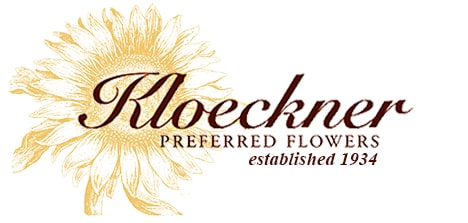Different Flowers Mean Different Things
15th Jun 2021
Flower meanings and symbolisms have been around for many centuries, even before the Victorians popularized them. They’re present in structures, paintings, coat of arms, and tombs. They play a role in mythologies, folklore, and cultural beliefs and traditions from around the world. But it wasn’t until the 1800s that a whole new language dedicated to flowers and their meanings sprang up.
The Victorian Era
In the 19th century, conservative social constructs prevented people from expressing themselves and letting emotions out. During this time, an aristocrat and poet named Lady Mortley began writing a series of letters that described Turkish people and their customs. What intrigued England were her tales of a secret language of flowers called selam.
For the suppressed Victorians, the flower language gave them an outlet to express their feelings that they couldn’t say out loud. With flowers, two people could communicate entire sentences without speaking a word. And so floriography, with its different and secret meanings for each kind of bloom, flourished.
Floral dictionaries and guide books were published detailing everything, from the symbolism of the flower itself to the meaning behind its color, the way it is presented, and how it is held or accepted. Flowers became a way for suitors to find out if their courtship would be accepted or rejected.
A Guide To Giving Flowers
While floriography may not be as widespread now as it once was, many still use the language of flowers to express emotion. Although a suitor today would be unlikely to use floriography to decode whether a prospect would like to go out with him or her, it is still a very useful (and sometimes fun!) tool to use for communicating feelings.
Over time, some of the meanings may have evolved or changed. But the way to communicate remains the same. Colors are especially important details to note since the same bloom can have multiple meanings depending on the hue.
For example, a red rose conveys desire and passion — a great gift for a lover. But yellow roses only offer friendship. The number of roses sends a specific message too. One means “love at first sight,” two says “a deep and shared love,” three is another way to communicate “I love you,” while six says “I want to be yours.”
Flower Meanings
Here are some common flowers and the symbolism behind them:
- Amaryllis - hard won success
- Aster - love, wisdom, faith, and valor
- Bells of Ireland - good luck
- Carnation - affection (pink), love (red), rejection (yellow), pure love (white), and regret (striped)
- Chrysanthemum - good friend
- Daffodil - honesty and truth
- Dahlia - warning or change
- Daisy - innocence, love, purity
- Delphinium - fickleness (pink), happiness (white), purple (first love).
- Gardenia - secret love
- Gladiolus - faithfulness and sincerity
- Hyacinth - an apology (purple)
- Hydrangea - gratefulness
- Iris - eloquence. Also faith and hope (blue), wisdom (purple), passion (yellow), purity (white)
- Lily - sweetness (white), gratitude (yellow)
- Lily (Calla) - purity and magnificence or rebirth
- Lily of the Valley - return of happiness
- Marigold - passion, creativity
- Orchid - love, beauty, refinement
- Peony - happy marriage
- Snapdragon - fascination
- Stock - lasting beauty, happy life
- Sunflower - good luck, ambition
- Sweet pea - blissful pleasure, but also goodbye
- Tulip - irresistible love
- Violet - modesty
- Zinnia - constancy (scarlet), goodness (white), lasting affection (magenta), and good memories (yellow)
The language of flowers is universal.
Whether your recipient knows the complex language of flowers or not, fresh blooms convey a special meaning when given. It shows that you care and that meaning is universal. Show that special someone what you feel. Give a gift of blooms today! Contact our flower specialists to order.



